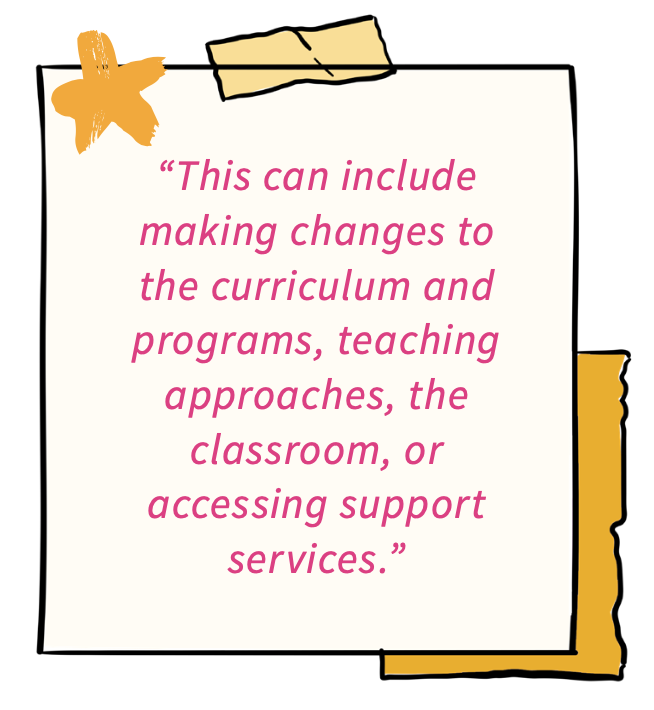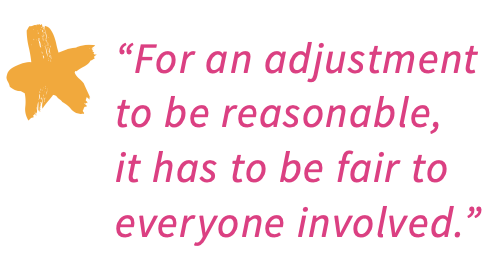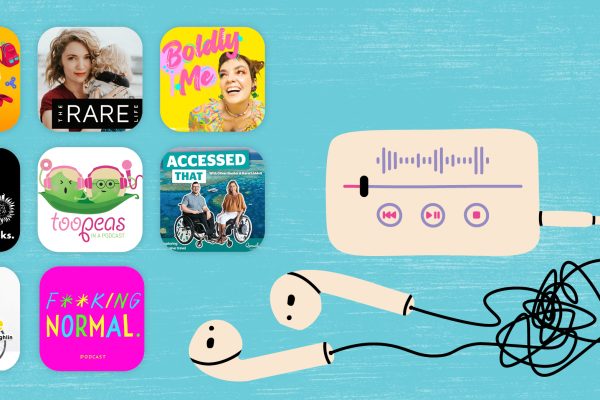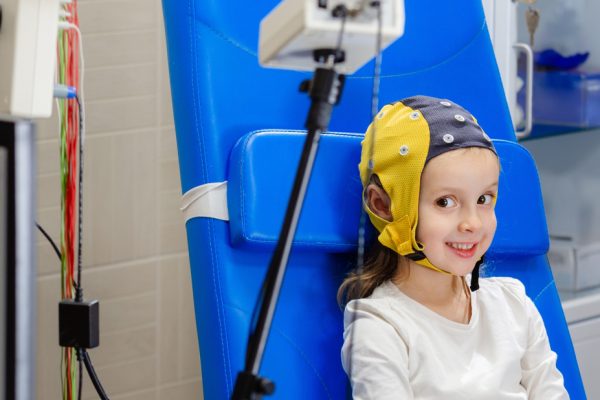
Be Reasonable
Working in partnership with your child’s school is always the best course of action. But what adjustments can you ask for and how do you go about it?
Schools have legal obligations to support your child’s access and participation at school by making what’s called “reasonable adjustments”.
There are many ways that school can support your child’s learning in partnership with you. An inclusive approach by schools can inform a range of decisions – from building works, to new programs, curriculum planning, professional development and the venue for school camps.
At the classroom level, teachers can make plans and choose teaching and learning strategies that are inclusive and meet the needs of all students, including those with disability.
WHAT ARE REASONABLE ADJUSTMENTS?
Under the Disability Standards for Education, schools and education providers must make reasonable adjustments so that students with disability can participate on the same basis as other students. This can include making changes to the curriculum and programs, teaching approaches, the classroom, or accessing support services. For an adjustment to be reasonable, it has to be fair to everyone involved.
Adjustments made to support students with disability can also be helpful to other students as well. Professional development for school staff can help to build capacity across the school, to better meet the needs of all students.
Schools can make many different kinds of adjustments to meet your child’s needs, in many different areas. For example, adjustments can be aimed at supporting your child’s:
- Academic progress.
- Personal or medical care needs.
- Participation in school activities.
- Communication.
- Physical development and therapy.
- Social learning and inclusion.
If an activity, facility, service or program cannot be adjusted or made accessible
or suitable for your child, the school is legally required to offer an alternative comparable to what is offered to students without disability.

New approaches to supporting students with diverse learning needs are being developed all the time. Your input and ideas are also of great value, as you know your child best. You should feel confident to offer them through the Student Support Group and in communication with your child’s teachers.
WHAT ARE SOME EXAMPLES OF REASONABLE ADJUSTMENTS?
TAILORING THE TEACHING APPROACH
- Choosing activities for the whole class with your child’s access needs in mind.
- Modifying classroom activities, or the classroom itself, adjust the curriculum or adjust their teaching or assessment approaches.
- Breaking down information into smaller ‘chunks’ or asking your child to research using online picture searches rather than in the library.
- Writing down instructions rather than giving them verbally.
- Asking a series of questions to test knowledge, rather than your child writing an essay.
- Choosing different resources to suit different learning preferences. For example, counting blocks, activity sheets, a computer program or the student’s favourite toys.
MODIFYING THE CURRICULUM AND CLASSROOM TASKS
• Modifying the quantity or complexity of a task by allowing a student to complete the task in a different way from the rest of the class, or by giving a student more time to complete a task. • Using tasks and materials that are age-appropriate and engage a student’s interests.
ADJUSTING THE PHYSICAL ENVIRONMENT
• Providing a visual timetable so that your child knows what is coming up.
• Rearranging the classroom. For example, if your child needs to sit closer to the front due to difficulties with hearing, sight or concentration, or creating a ‘quiet corner’ if your child needs time away from the noise and activity of the classroom. • Allowing for ‘movement breaks’ in the playground if your child finds it difficult to sit still. • Providing a specialised desk or chair, or other equipment to support your child’s physical development. SUPPORTING YOUR CHILD’S COMMUNICATION, ACCESS AND CARE • Providing access to assistive technology such as a communication aid or equipment, as well as training for teachers and support staff in how to use these to support your child.
• Training for staff around support plans for your child’s personal or medical care. A private area can be created within the classroom or elsewhere at school, where your child can be cared for safely and privately.
PROVIDING ACCESS TO THERAPISTS AND CONSULTANTS
• Therapists and consultants, such as
speech pathologists, occupational therapists, physiotherapists, and psychologists, can work directly with your child, teacher, education support worker and school to give advice on modifications to the environment and curriculum.


SUPPORTING SOCIAL DEVELOPMENT AND INCLUSION
• Using tools and strategies to encourage
all students to communicate effectively. • Teaching students the social skills they need to include each other well in play
and in learning.
• Providing supervised or structured activities for students who find recess and lunch stressful.
SUPPORTING POSITIVE STUDENT BEHAVIOUR
Behaviour Support Plans can help schools to provide a safe and respectful learning environment for all students and staff. Behaviour Support Plans can be developed by your child’s Student Support Group in consultation with other relevant staff or professionals.
This information is reproduced with permission from the Association
for Children with a Disability (ACD) who’ve been advocating for children with disability for more than 40 years. Visit acd.org.au







